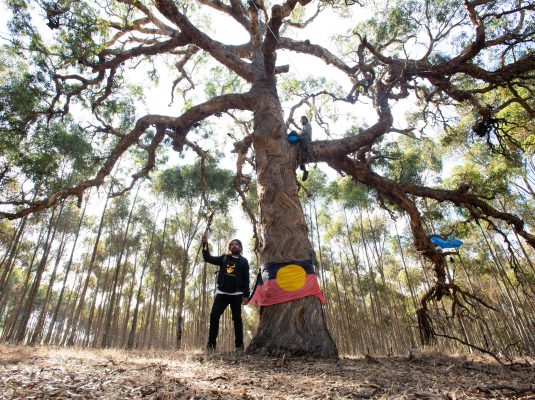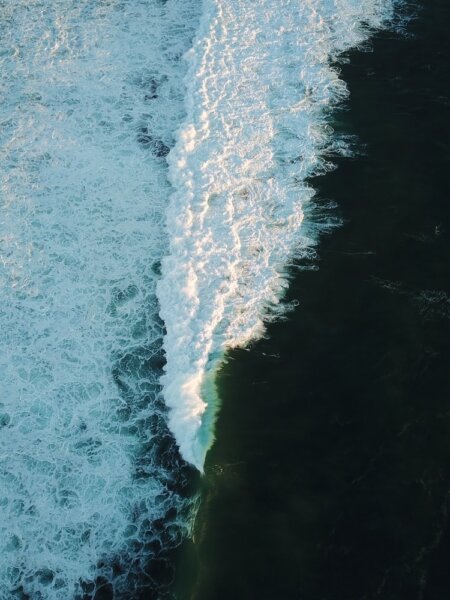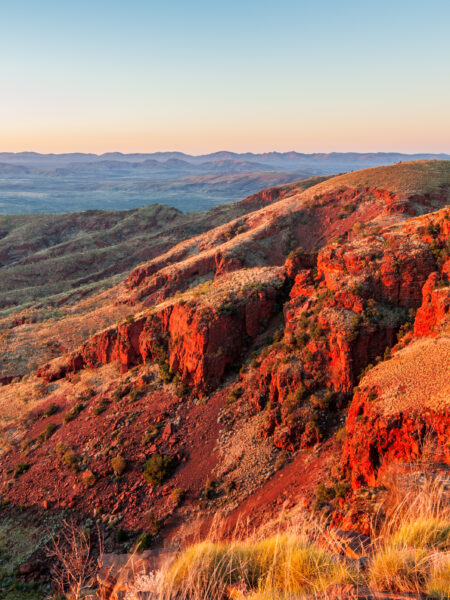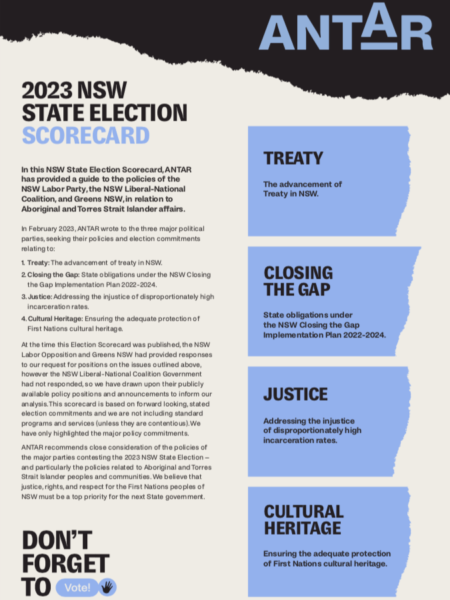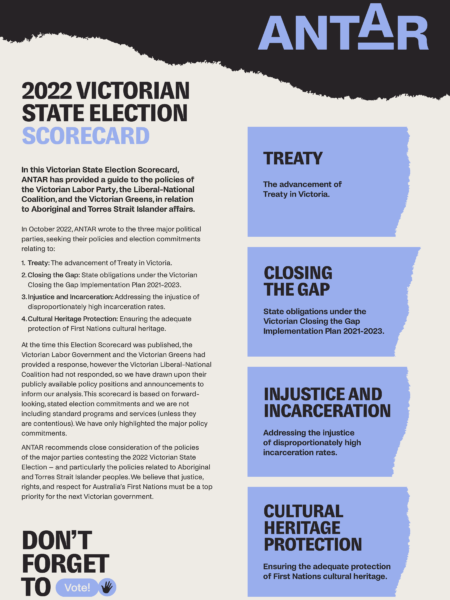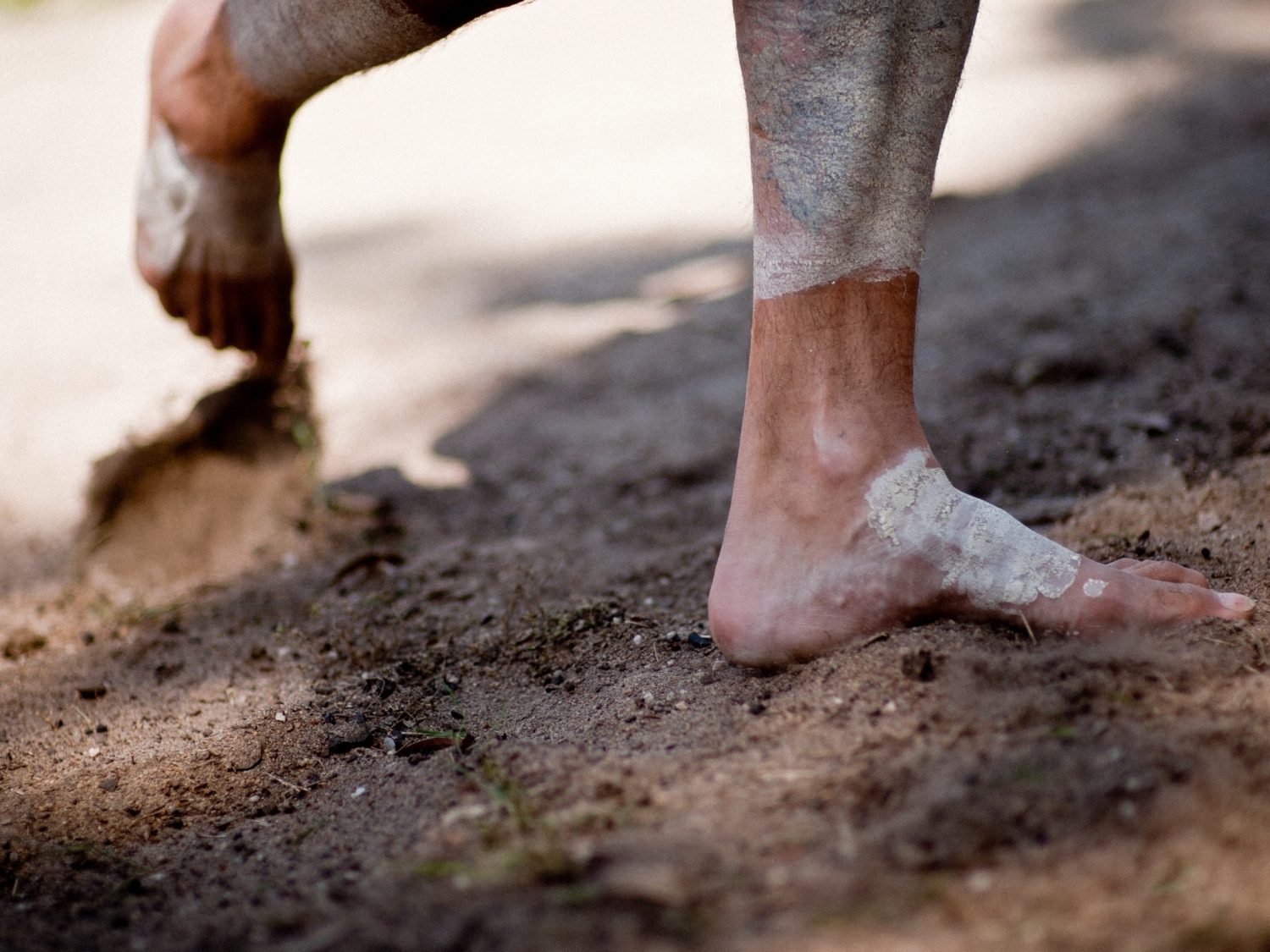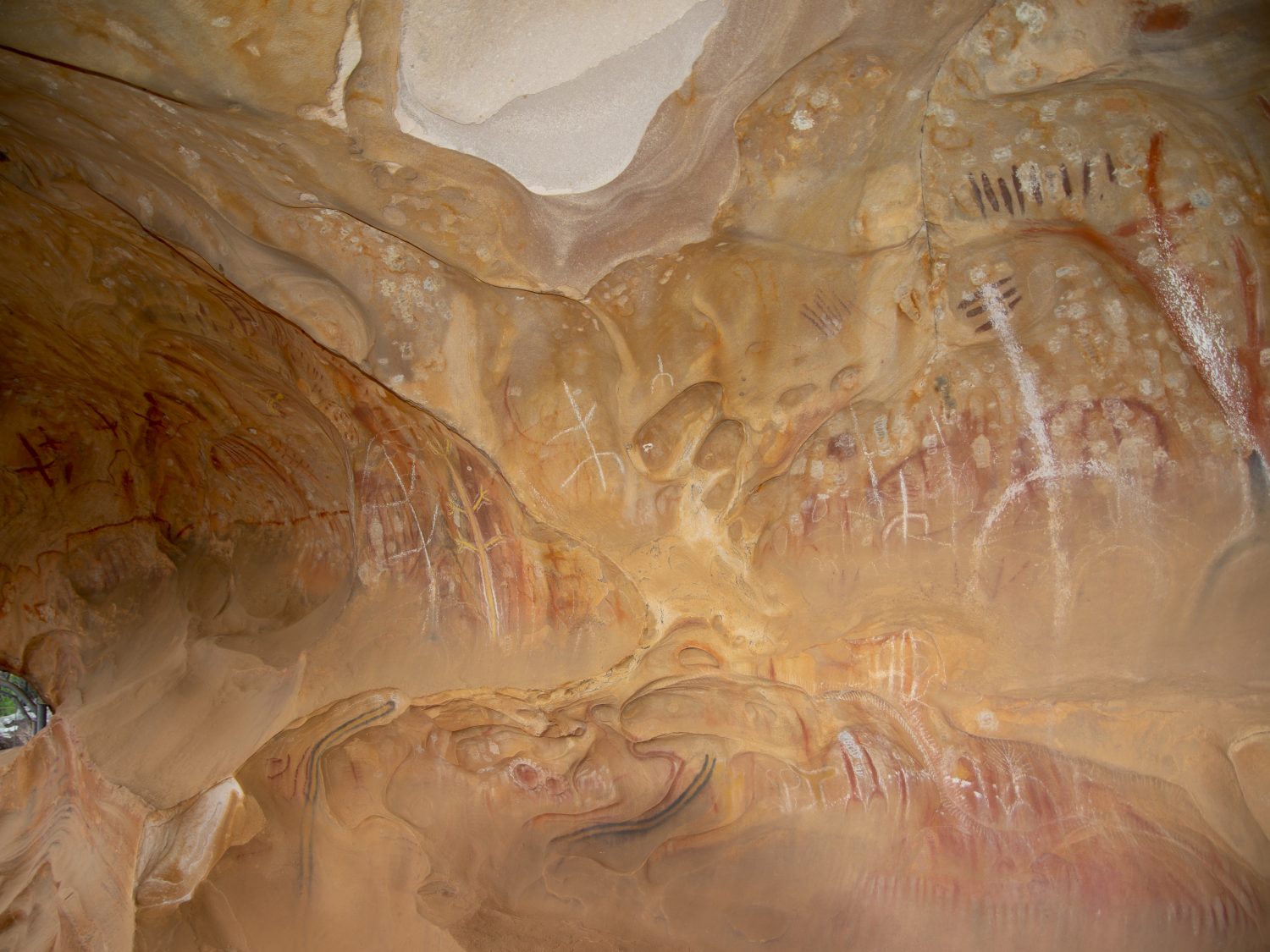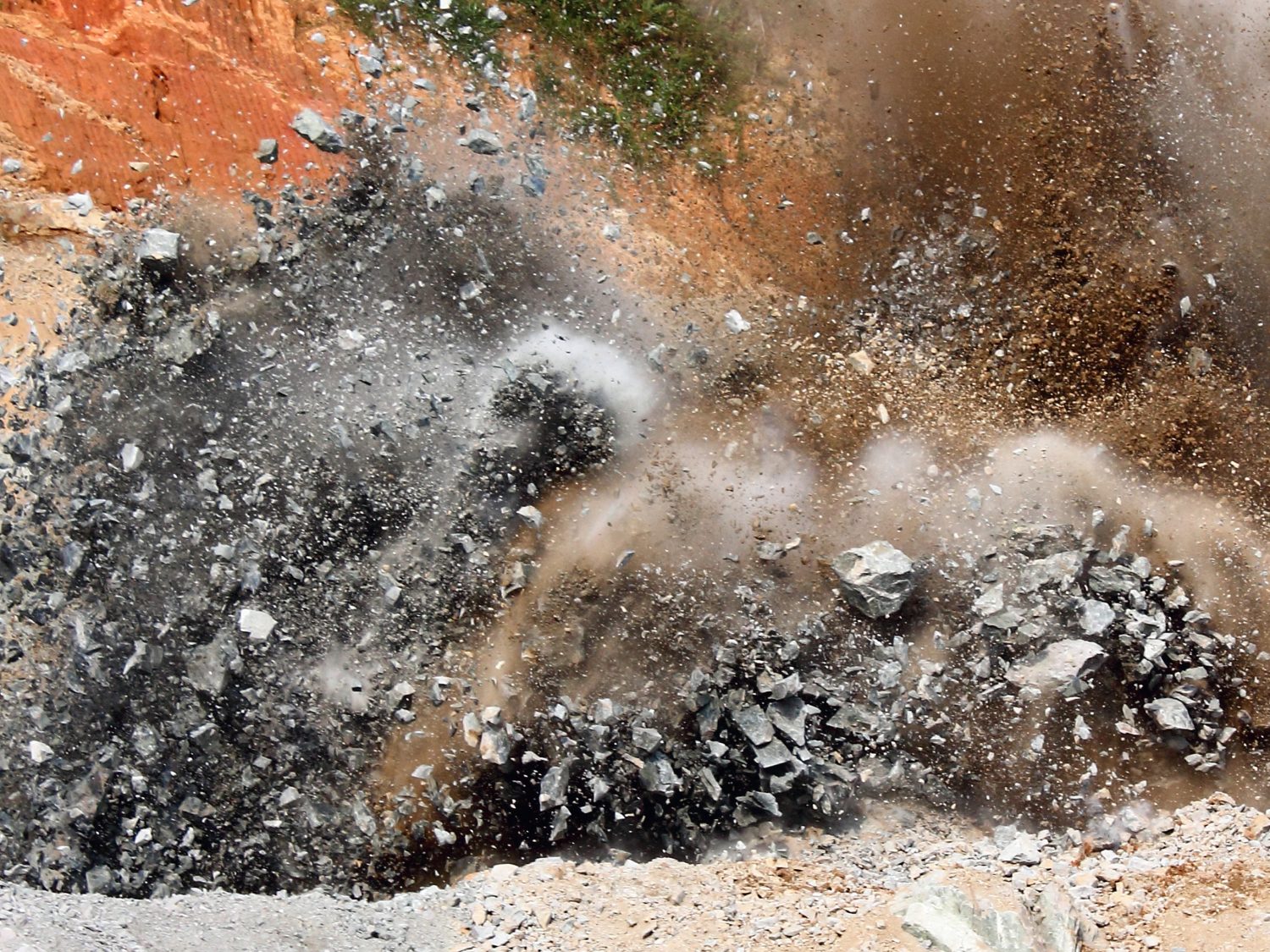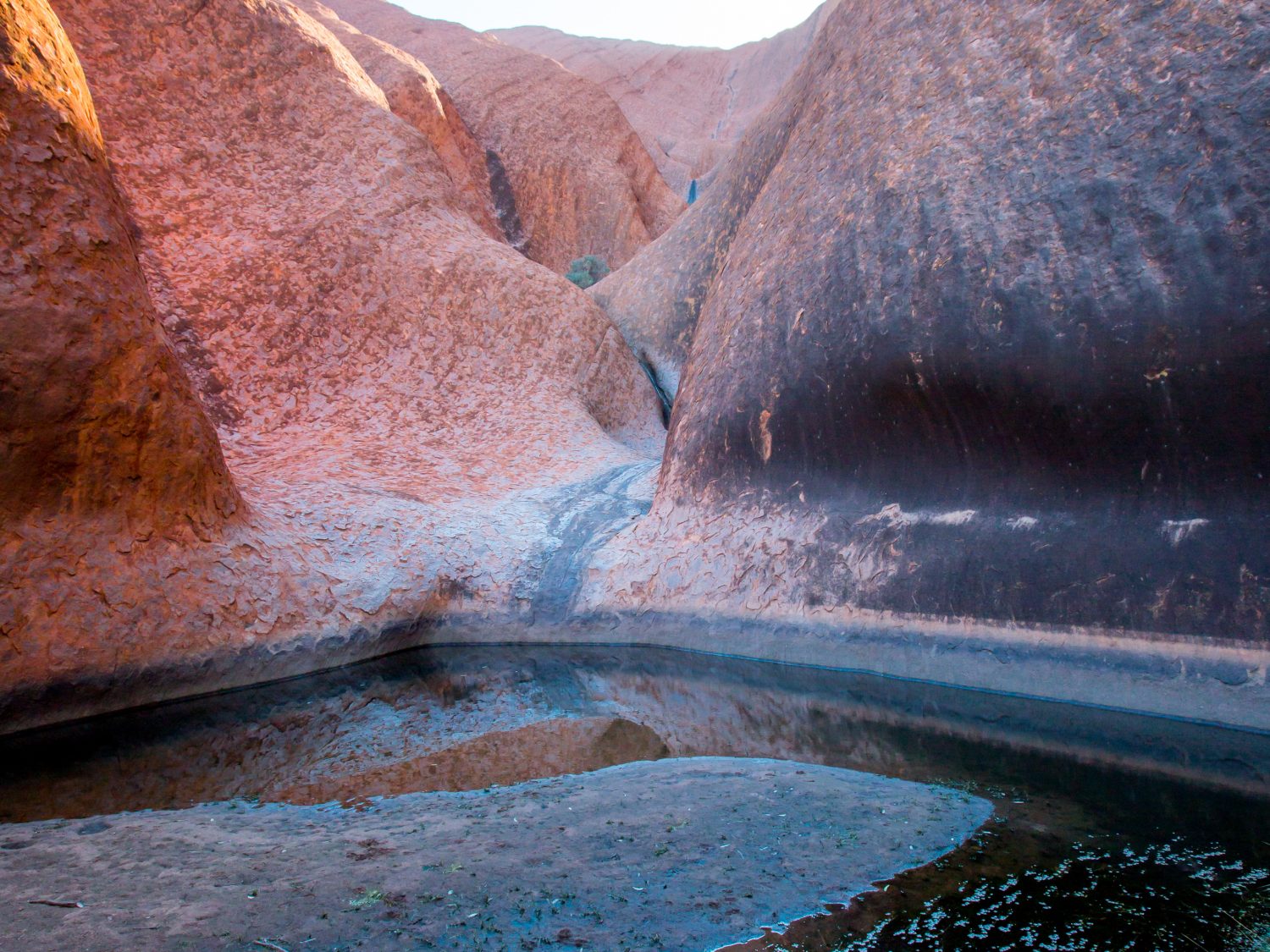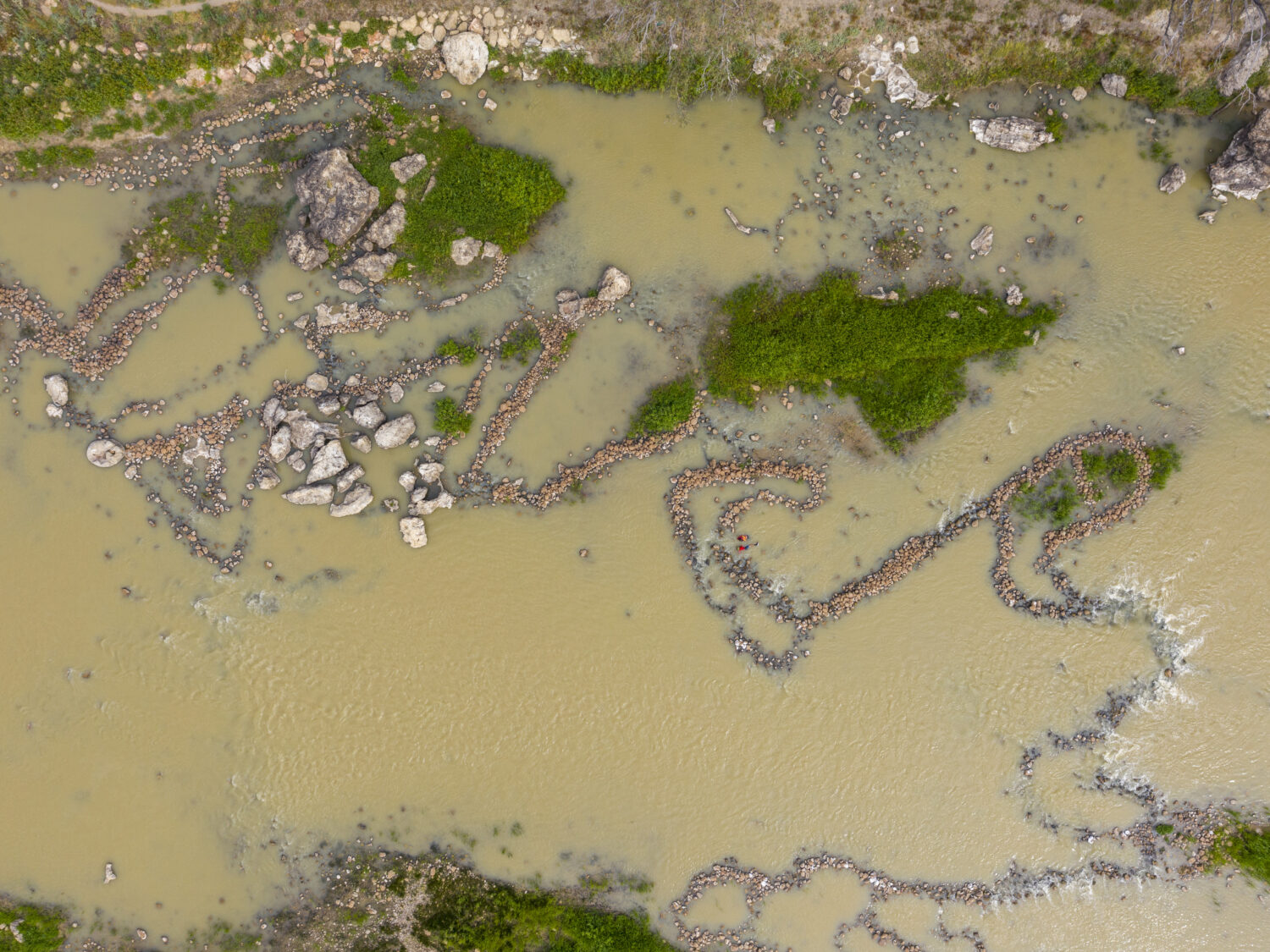The Budj Bim Cultural Landscape in the south-west of Victoria is known for its now dormant 30,000-year-old volcano where the Gunditjmara people used the lava to create eel traps and establish the earliest living example of aquaculture in the world. Other significant heritage sites in Victoria include the Gulgurn Manja Shelter in Laharum where you can find evidence of stone tools and ochre artwork on the walls of the shelter made by the Jardwadjali people.
BACKGROUND
The events in history that shaped Victoria such as the Gold Rush (1851) meant devastation for First Nations communities as culturally significant sites were transformed into goldfields by miners hoping to find their wealth in the backyard of Australia’s First Nations Peoples. As they have for tens of thousands of years, First Nations Peoples adapted to the inevitable impacts of mineral extraction and land grabs that led to restricted access to cultural sites and the ability to practice and transfer valuable knowledge.
The establishment of the Native Title Act 1993 presents challenges for those applying to protect significant sites where they may have already been damaged (i.e. by bushfires or road or land developments) and face difficulties in proving their tangible or intangible value due to ongoing dispossession.
Although Victoria is the only jurisdiction with legislation providing for intangible cultural heritage protection, gaps remain within these processes that allow land developments to continue destroying cultural heritage sites without significant penalties or adequate consultation. The challenges of the Native Title Act 1993 heavily impact the ability for Aboriginal and Torres Strait Islander peoples to obtain the legitimate means to protect culturally significant sites against development and destruction (i.e. the sacred Djab Wurrung trees).
The Aboriginal Heritage Act 2006 (Vic) defines Aboriginal intangible cultural heritage in section 79B(1) and (2) as:
- Any knowledge of or expression of Aboriginal tradition, other than Aboriginal cultural heritage, and includes oral traditions, performing arts, stories, rituals, festivals, social practices, craft, visual arts, and environmental and ecological knowledge, but does not include anything that is widely known to the public.
- Aboriginal intangible heritage also includes any intellectual creation or innovation based on or derived from anything referred to in subsection (1).
Due to the definition of intangible cultural heritage, Traditional Owners are constantly tasked with proving the intangible value of culturally significant sites to corporate bodies who value tangible outcomes such as money or land development.
Aboriginal Cultural Heritage Act 2006
The Aboriginal Heritage Act’s (AHA) 2006 (Vic) purpose is:
…to provide for the protection of Aboriginal cultural heritage and Aboriginal intangible heritage in Victoria’ and to do so in ‘ways that are based on respect for Aboriginal knowledge and cultural and traditional practices.
The AHA in a Victorian context has established the Victorian Cultural Heritage Council which appoints Registered Aboriginal Parties (RAP’s) to manage and protect Cultural Heritage on their country. The Australian International Council of Monuments and Sites stated in the Senate’s A Way Forward report (2021) that the RAP system is ‘a strong attempt to put traditional owners at the centre of decision making’, which sets Victoria apart from other jurisdictions.
In identifying Victorian cultural heritage protection processes as among the best in Australia, there continues to be notable frustrations with its processes such as the ‘limited opportunity to prevent projects proceeding where there is uncertainty about the extent of cultural heritage’. These types of limitations see events such as the destruction of the sacred Djab Wurrung trees. In the case of the 1,500-year-old Kooyang Eel stone arrangement, despite there being ‘the highest protection available for Aboriginal Cultural Heritage in the state… much of the tail was destroyed’. Taungurung Elder and VAHC Chairperson Mick Harding highlights that:
In many ways, the Act is used after the horse has bolted … If there was a suitable disincentive for damage, such as financial or effective prosecution measures, much damage would not occur.
Aboriginal Heritage Regulations 2018
The Aboriginal Heritage Regulations (2007) was revised in 2018 and gives effect to the Aboriginal Heritage Act 2006 (Vic) by setting out the circumstances in which a Cultural Heritage Management Plan should be prepared and also sets fees and charges.
Aboriginal Cultural Heritage Guide – January 2020
In conjunction with the Aboriginal Heritage Regulation (2018), the Aboriginal Cultural Heritage Guide (2020) gives effect to the Aboriginal Heritage Act 2006 (Vic) by helping groups and networks determine whether a Cultural Heritage Permit is required.
Timeline
- 1835-1959: Ancestral Remains were taken by grave robbers to serve as curios and specimens to study.
- 1984: The Victorian Government amended the Relics Act to make it an offence to be in control of or display Ancestral Remains.
- 2006: Establishment of the Victorian Cultural Heritage Council.
- 2010: Establishment of the Traditional Owner Settlement Act (Vic) allowing the Victorian Government to recognise Traditional Owners (TOs) and certain rights in Crown land. A progressive solution to the limited ability of Native Title to deliver justice in Victoria.
- 2016: Victoria becomes first Australian jurisdiction to introduce provisions around intangible cultural heritage.
- 2019: Clark v Minister for Environment [2019] FCA 2027. Federal Court quashed the decision of the Federal Environment Minister to reject an application under the Aboriginal and Torres Strait Islander Heritage Protection Act 1984 (Cth) for the protection of an area considered sacred by the Djab Wurrung traditional owners that would have been impacted by an upgrade to the Western Highway.
- 2020: Destruction of a sacred tree on Djab Wurrung country by the upgrade to the Western Highway.
- 2020: Taking Control of Our Heritage published, a Discussion Paper on legislative reform of the Aboriginal Heritage Act 2006.
Sites of Concern
Djab Wurrung sacred trees
The Victorian Government’s Western Highway Distribution project continues to threaten the Djab Wurrung people’s 800 year-old Sacred Birthing Trees as a result of an oversight of the cultural heritage attached to the trees along the proposed path of the highway.
A history of dispossession has meant that the Djab Wurrung community has faced challenges in obtaining Native Title rights which prove detrimental to the consultation processes of Cultural Heritage Management Plans. Without adequate consultation and the fact that claims throughout preliminary reports to Aboriginal Victoria in 2017 were not sustained, the removal of the trees was scheduled to begin in 2018. This prompted the establishment of the Djab Wurrung Protection Embassy across several locations of protest along the highway’s proposed path where trees remained.
An application under the Aboriginal and Torres Strait Islander Heritage Protection Act (1984) for Commonwealth protection of six culturally significant trees reaffirmed that the trees held cultural significance. Despite this finding, the then Minister for Environment ruled in favour of the Victorian Government. In October 2020, the ‘Directions Tree’ was felled. Before the next one could be destroyed, Marjorie Thorpe achieved an injunction on the project in the Supreme Court, which stopped the project’s destruction until February 2021.
The issue of cultural heritage surrounding the Djab Wurrung sacred trees provides a practical example of the challenges faced by those who aren’t able to obtain Native Title rights due to historical dispossession. It also highlights the anxiety and irreparable damage caused to First Nations communities who are unable to achieveRegistered Aboriginal Parties status and therefore the door is left open for heritage destruction.
Take Action
Further Reading
